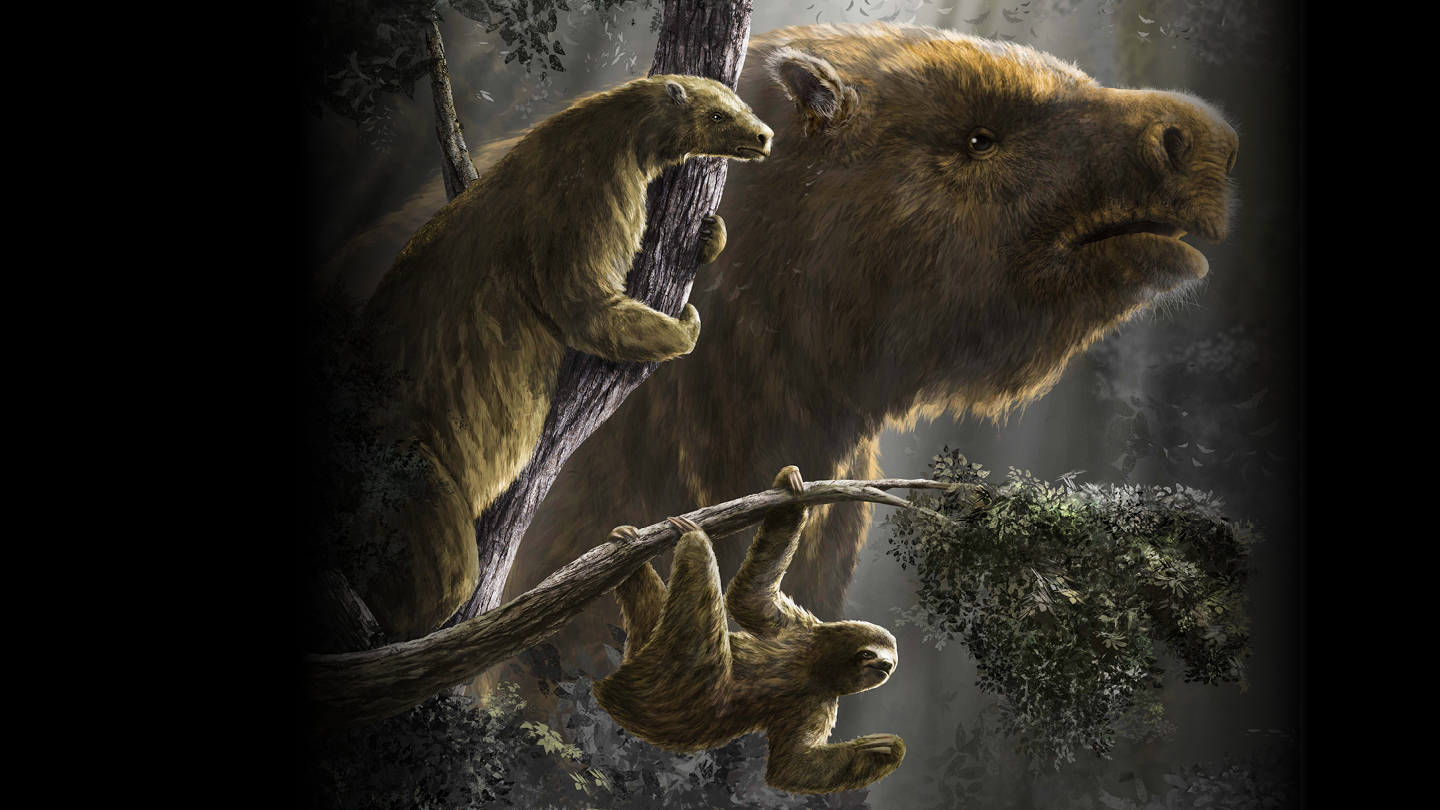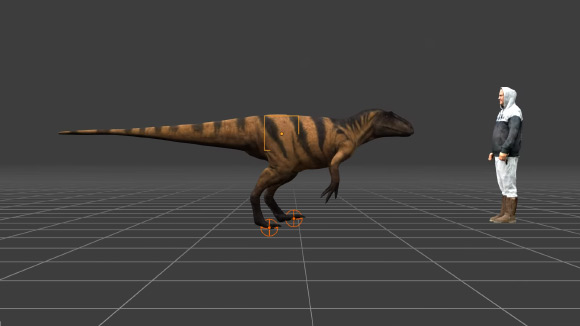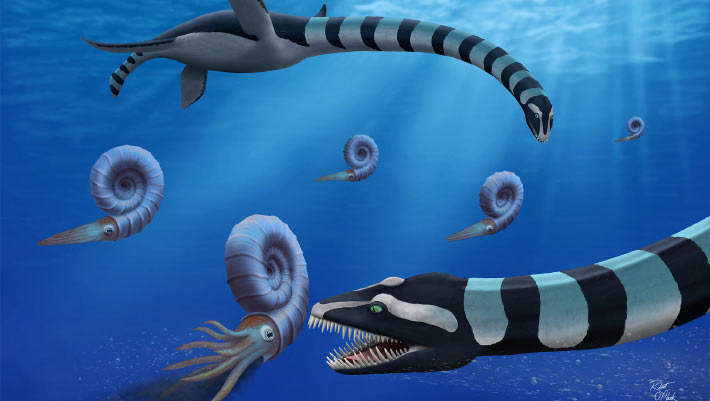Traskasaura sandrae, a 12-m-long elasmosaur (a type of plesiosaur) that lived in the Cretaceous seas, 85 million years ago, had a strange mix of primitive and derived traits unlike any other elasmosaur; its unique suite of adaptations enabled…
Category: Paleontology
-

Different phases of evolution during ice age
A new study has provided fresh insights into how animals such as the woolly mammoth, musk ox and arctic fox evolved to survive the cold during the ice age.
A team of palaeontologists and palaegeneticists studied ancient fossil and DNA evidence…
Continue Reading
-

Sloths once came in a dizzying array of sizes. Here’s why
The sloth family tree once sported a dizzying array of branches, body sizes and lifestyles, from small and limber tree climbers to lumbering bear-sized landlubbers.
Why sloth body size was once so diverse, while today’s sloths…
Continue Reading
-

Tapping into the World’s largest gold reserves
Earth’s largest gold reserves are not kept inside Fort Knox, the United States Bullion Depository. In fact, they are hidden much deeper in the ground than one would expect. More than 99.999% of Earth’s stores of gold and other precious metals lie…
Continue Reading
-

‘Selfish’ genes called introners proven to be a major source of genetic complexity
DNA is the genetic code that provides the biological instructions for every living species, but not every bit of DNA helps the species survive. Some pieces of DNA are more like parasites, along for the ride and their own survival.
To translate…
Continue Reading
-

Paleontologists Digitally Reconstruct 120-Million-Year-Old Dinosaur Trackway
Long dinosaur trackways provide valuable records of trackmaker behavior, yet their study is often hindered by logistical challenges in documentation and analysis. In a new study, paleontologists from the University of Queensland and the China…
Continue Reading
-

Enormous boulder washed inland a sign of Pacific tsunami history
Analysis has shown a boulder weighing almost 1,200 tonnes in Tonga is one of the largest known wave-transported rocks in the world, providing new insights into the Pacific region’s history and risk of tsunamis.
PhD candidate Martin Köhler from…
Continue Reading
-

Amber in Cretaceous Sea Deposits Contains Traces of Ancient Large-Scale Tsunamis
Large amber deposits discovered in northern Japan were likely swept out from a forest to the ocean by one or more tsunamis between 116 and 114 million years ago (Early Cretaceous epoch), according to new research led by the Geological Survey…
Continue Reading
-

Asian elephants have larger brains than their African relatives
African elephants are the largest land animals on earth and significantly larger than their relatives in Asia, from which they are separated by millions of years of evolution. Nevertheless, Asian elephants have a 20 percent heavier brain, as…
Continue Reading
-

‘Sharkitecture:’ A nanoscale look inside a blacktip shark’s skeleton
Sharks have been evolving for more than 450 million years, developing skeletons not from bone, but from a tough, mineralized form of cartilage. These creatures are more than just fast swimmers — they’re built for efficiency. Their spines act…
Continue Reading
